Các danh mục hàng đầu
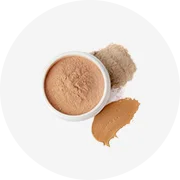
Chiết xuất

Sản phẩm hỗ trợ tình dục

Sản phẩm mát-xa

Chăm Sóc Sức Khỏe Tiếp Liệu

Bổ sung chăm sóc sức khỏe
About products and suppliers
Có một số loại. tấm lò bao gồm những mặt hàng được làm từ thép không gỉ, silicone, thạch anh hồng và cả những mặt hàng có gắn pha lê Swarovski. Có. tấm lò rung theo nhịp và nhịp của bài hát yêu thích của bạn .. tấm lò có thiết kế không thấm nước và đã được thử nghiệm an toàn cho cơ thể. Không có nhiều thứ để mất khi bạn mua một trong những thứ này từ Alibaba.com và có giá cả, nhãn hiệu và chủng loại phù hợp với mọi người.
Thực tế,. tấm lò là một trong những phát minh thông minh hơn của thế kỷ trước. Chúng tăng cường khả năng miễn dịch, giảm căng thẳng và rất thích hợp cho việc đi du lịch .. tấm lò đi kèm với các tính năng như sạc nhanh qua USB, thiết kế chống thấm nước và silicone an toàn cho cơ thể .. tấm lò dễ vệ sinh, đóng gói kín đáo và có các tính năng như vòng thắt đàn hồi tích hợp và hang động bí mật.









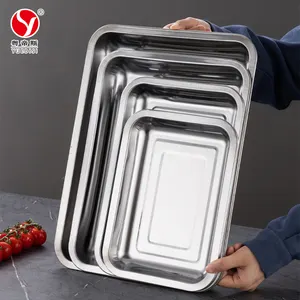
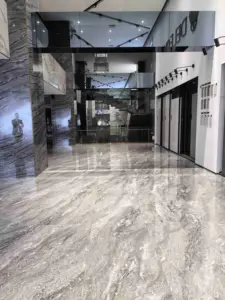

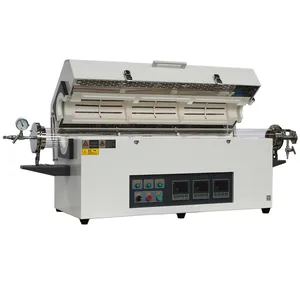


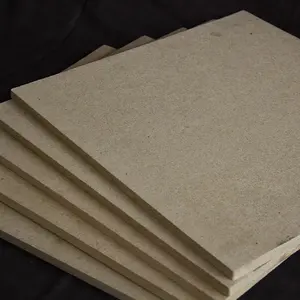








 浙公网安备 33010002000092号
浙公网安备 33010002000092号 浙B2-20120091-4
浙B2-20120091-4